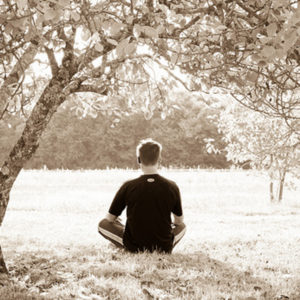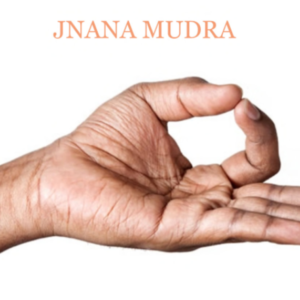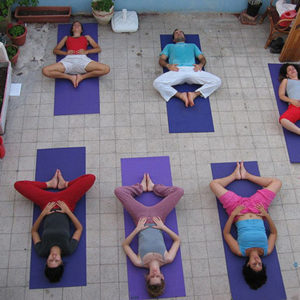Life.
It’s both wonderful and awful. Happy and sad. Amazing and painful. All at the same time.
And so often in our go-go-go modern world, it’s just plain stressful. Even if everything you’re doing is something you want to do, and your schedule is full of “hell yes” it can still be hard to come down from the daily rush.
You spend so much time actively doing things that you often forget that you also need to balance it with just being. You expend a lot of energy and activate your sympathetic nervous system…
But how often do you focus on turning inward and activating your parasympathetic nervous system? That’s the one that helps you slow down, and encourages your physical body to rest and digest.
Today, let’s look at three simple practices that will help you tap into your own personal relaxation machine.
1. 4-7-8 Breathing (Relaxing Breath)
Pioneered by Dr Andrew Weil, the name of this breath pretty much covers how to practice it.
Your breathing is a huge key to controlling what goes on in both your body and your mind. Dr Weil claims that it fosters almost immediate relaxation in the body (and even that it can help you fall asleep within 60 seconds — individual results may vary).

How to do it:
Step 1: Sit in a comfortable upright position. Place the tip of your tongue on the ridge directly behind your top front teeth.
Step 2: Exhale completely through an open mouth, allowing the breath to make a sound. (You’ll be exhaling around your tongue, which may feel a little weird at first, but go with it.)
Step 3: Close your mouth and inhale through your nose for a count of 4.
Step 4: Hold your breath for a count of 7.
Step 5: Open your mouth and exhale audibly for a count of 8 (still exhaling around your tongue).
Step 6: Repeat the cycle 3 more times (for a total of 4 breaths).
Then close your eyes and return the breath to normal. You may notice that even after just a few of these breaths that your heart rate slows and your body starts to feel more relaxed.
Health note: if you ever feel dizzy or lightheaded, stop immediately and return your breath to normal.
You can find more info here.
2. Jnana Mudra (Wisdom Gesture)
So far in this series, you’ve learned the Chin mudra and the Sukham mudra.
 This week, we’ll look at another calming mudra, or hand gesture. This mudra is very similar to the Chin mudra, except that the hands end up palms down for a more grounding experience.
This week, we’ll look at another calming mudra, or hand gesture. This mudra is very similar to the Chin mudra, except that the hands end up palms down for a more grounding experience.
Jnana Mudra is great for helping you contain your energy or get calm and grounded.
How to do it:
Join the tip of each index finger with the thumb of that same hand, forming a circle.
Rest the inside of each wrist on your knees with the fingers and palms facing down.
Hold this mudra for as long as it feels comfortable.
You can find more info here.
3. Reclining Bound Angle (Supta Baddha Konasana)
This pose may be a little bit challenging if your hips are tight, but with some modifications it can be downright delicious for most people — and incredibly relaxing.
It’s great for balancing the lymphatic, eliminatory, urinary, reproductive, muscular, and skeletal systems, as well as helping to calm down the physical body and the mind.

How to do it:
Lay on your back and draw the soles of your feet together and toward your buttocks. If you have tight hips, or there’s any kind of resistance coming from anywhere in your hips or legs, roll up a blanket (or use a pillow) under each knee to relieve any discomfort.
This is a pose where it’s good to find your edge, and then back off.
The arms can be outstretched along the body with the palms up, or resting comfortably on the abdomen. Tune in to what your body is asking for, and do that.
Spend at least a couple of minutes here, allowing the hips and leg muscles to begin to release. If you give it 3-5 minutes, you’ll often reach a point where any tightness begins to release and allow you to sink a little bit deeper.
When you’re ready to come out of the pose, take hold of your knees and draw them gently together. It might feel good to roll around on your back or make some circles with your knees to help the lower back release and work out any stickiness from holding the pose.
From stressed and spun out… to relaxed and restored
No matter what the world throws at you, yoga offers you many tools to help balance out the stress of being human in this day and age.
So get back out there and keep doing your amazing work.
But remember to balance out the hustle with some relaxation. Like the battery in your phone, after heavy use you need to be recharged!
How do you relax and unwind after a stressful day or week? Can you incorporate any of these practices into your unwinding? Let me know in the comments!
Leave a Reply